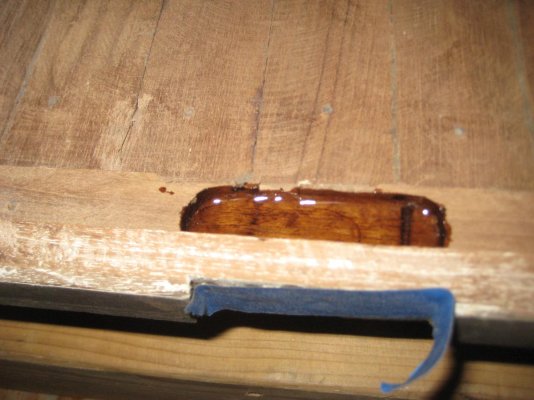DHeckrotte:
The lead wool was kept around for precisely the purpose of repairing screw fasteners that had worked loose as we're discussing. If the threads arent completely gone, it works (sometimes) on metal as a poor mans helicoil. Also for slip-fit plumbing joints, although the wool was an expensive way to finish the seal as opposed to lead strips. Yeah, my hillbilly forebears knew and used oakum and other fiber products as appropriate.
Unlike steel, copper, and brass wools that are essentially wire pulled through a die to "shave" two sides of the wire to forming several long planar elements, lead does not have the tensile strength for such processing. Instead, circular plates of lead are cast. These plates are then rotated on a turntable while a pointed tool (similar to metal lathe turning tools) engages the lead surface (think of a vinyl record player), creating long planar shavings. Width of tool end and depth setting produces the "gage" of the wool.

